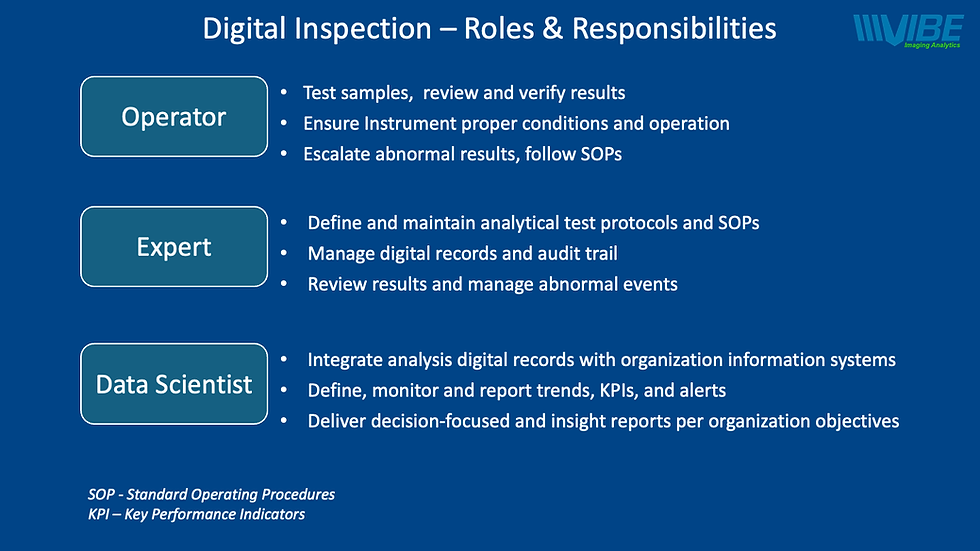True Unbiased and Standard Color Rice Whiteness Measurements
- "The Grain Guru"
- May 1, 2022
- 2 min read
Updated: May 12, 2022

Rice color and whiteness are essential quality factors, which are the end results of the combination of rice variety, growing conditions, and the milling process. Rice whiteness analysis reflects the quality and milling degree – the level of bran removal from the rice kernels.
For example, in the USDA formal standard for rice, “White” is the top quality US No 1, and “slightly rosy” or “somewhat gray” is a lower grade the US No 2, etc. same with milling degree categories: “hard milled,” “well-milled,” “reasonably well-milled” or “under milled.”
The rice industry uses instruments such as the Kett’s C600 to measure the rice whiteness. The user tests a sample of about 60 milliliters (about 2 Oz), and the reported results will be a number between 5 and 69, representing the average Whiteness of the entire Sample.
Chalkiness is an opaque color appearance on the grain and ranges from 0, a translucent grain, to 100%, a chalky grain. Chalkiness is an undesirable appearance for most rice varieties, and the level of chalky grains reduces the grade of the rice. For example, USDA formal standard for rice allows up to 1% chalky in long grains. Different rice varieties will have different chalky levels. In addition, studies show that the chalkiness results from growing conditions in the field, and therefore the same variety can have a different level of chalky grains. Since the whiteness instruments test the entire sample and provide the results on an average value, it introduces a measurement error. A high level of chalky in the sample will increase the average whiteness results, reduce the darker bran’s streaks effects, and report inconsistent values.
Whiteness Instruments that report on the average values of the entire rice sample introduce an error because of the chalky grains. The ability to analyze both grain and sample levels with and without the chalky grains is more accurate, unbiased, and consistent. using standard color space, CIELAB provides more flexibility for the users and the industry.
Vibe QM3i Rice Analyzer measures, classify and provide statistical information on grain and sample levels, dimensions, colors, and shapes. The results include the whiteness measurements for the entire sample with and without the chalky grains and other damages for maximum accuracy and consistent results.
The Sample below shows three groups of 20 rice kernels each. Group A with no chalky, group B with partial chalky, and Group C had high chalky.
As you can see from the image and graph below, the chalky level impacts the average whiteness of the sample.






Comments